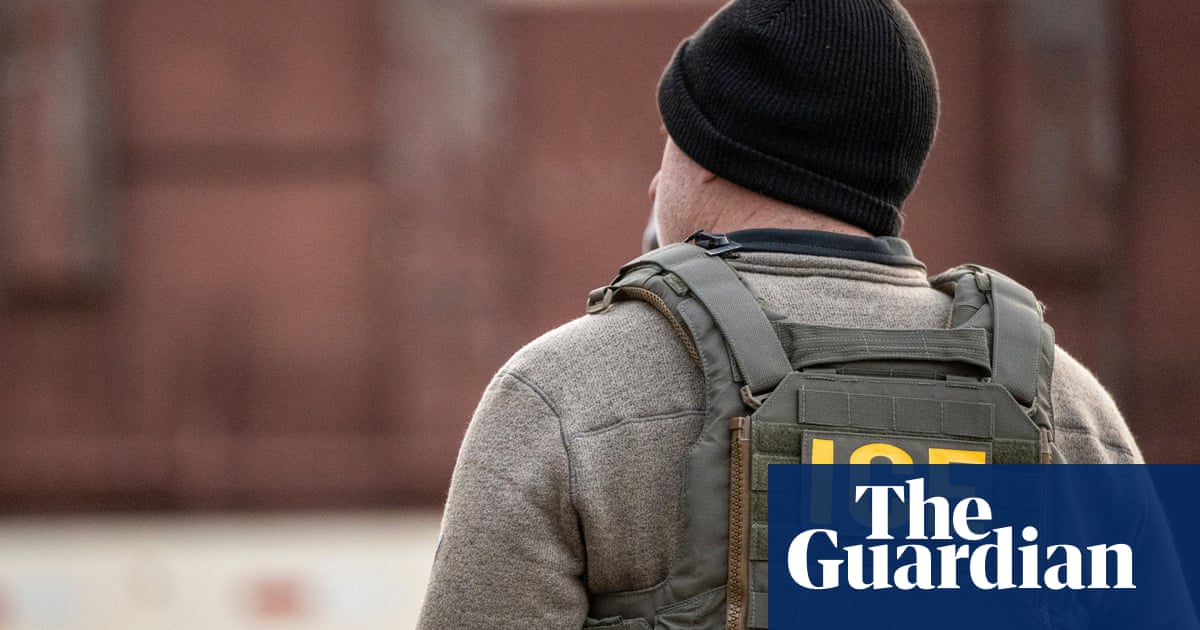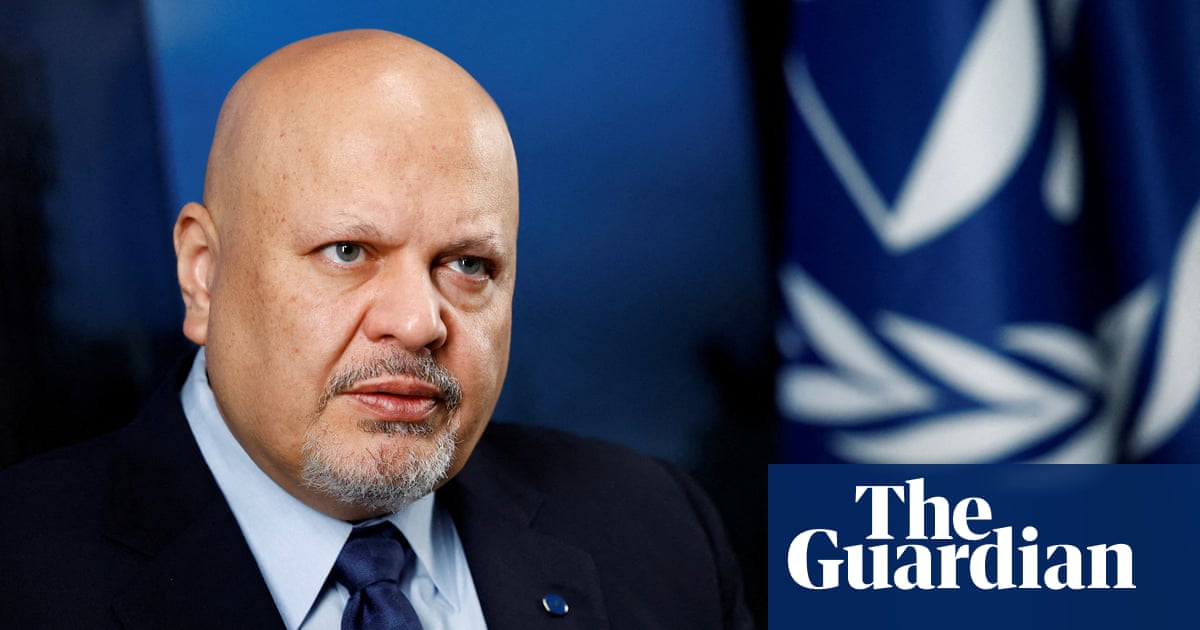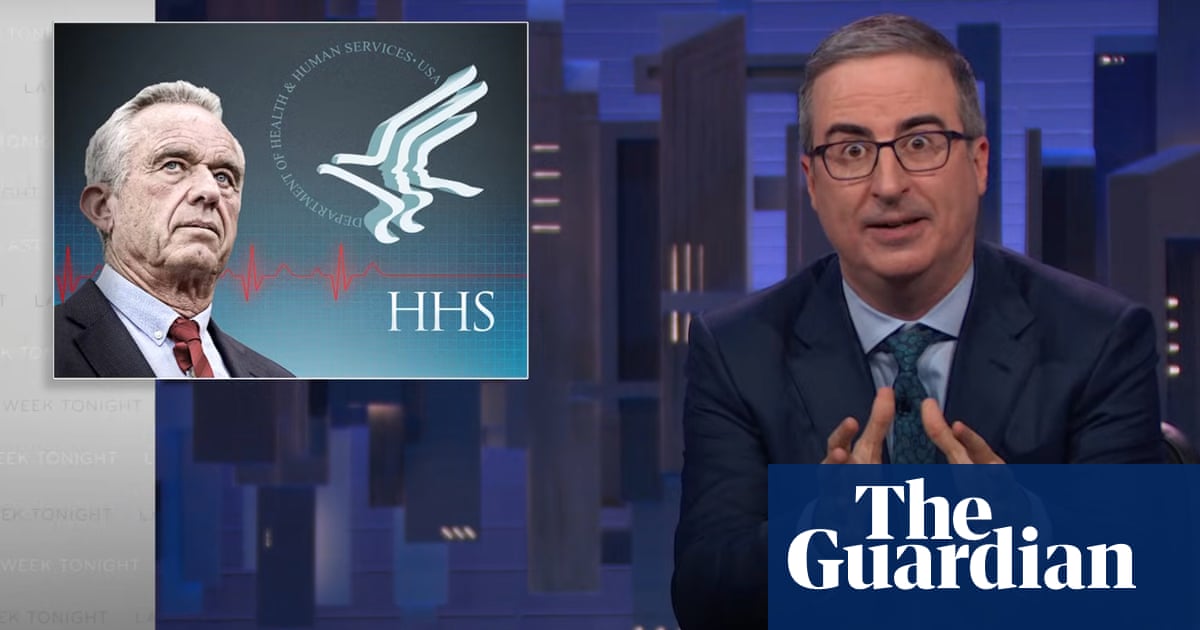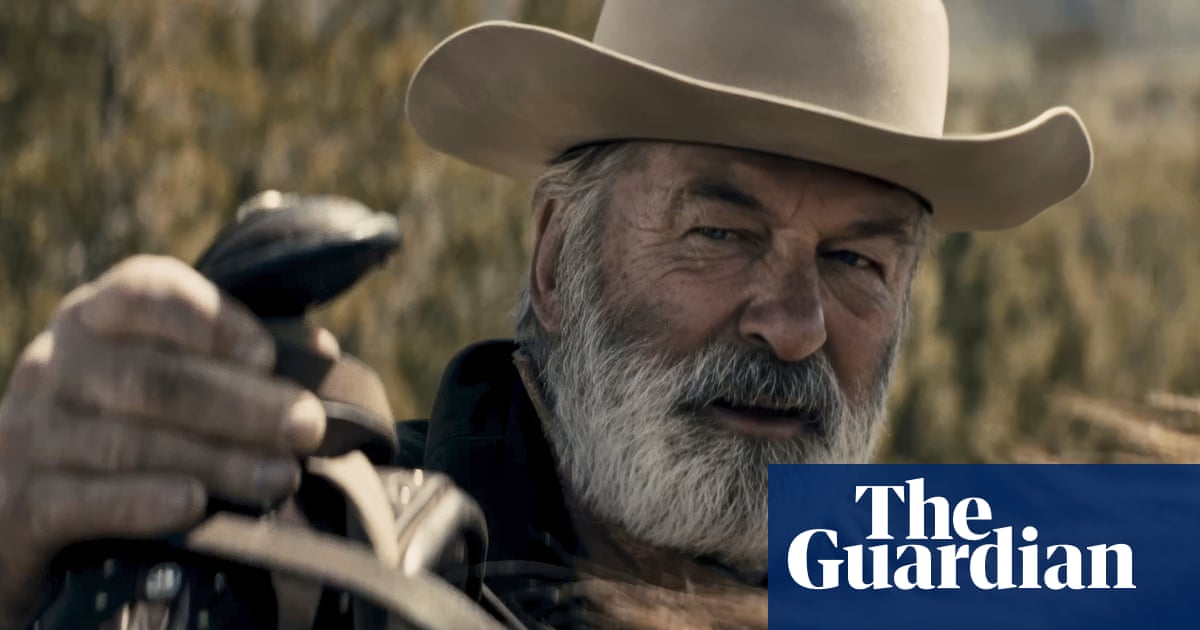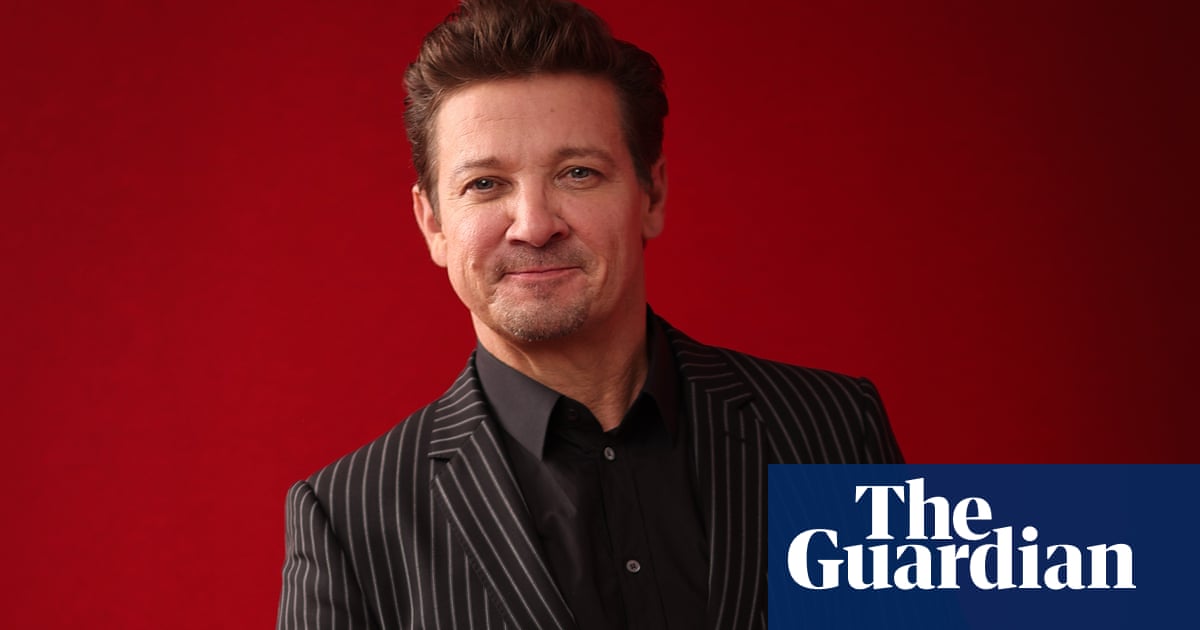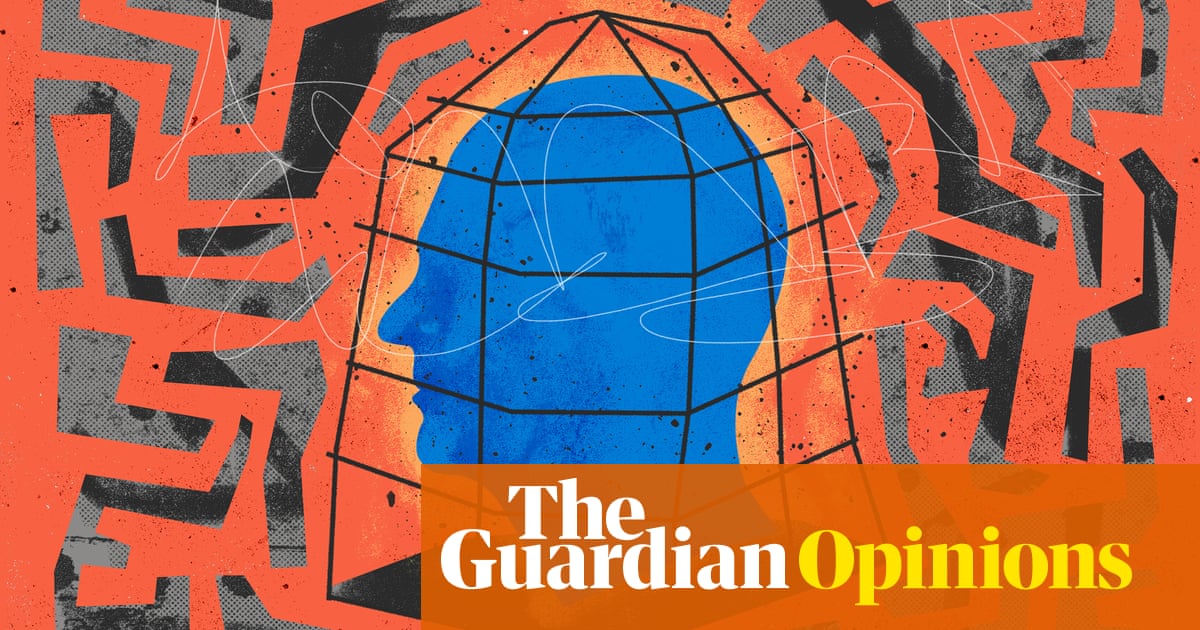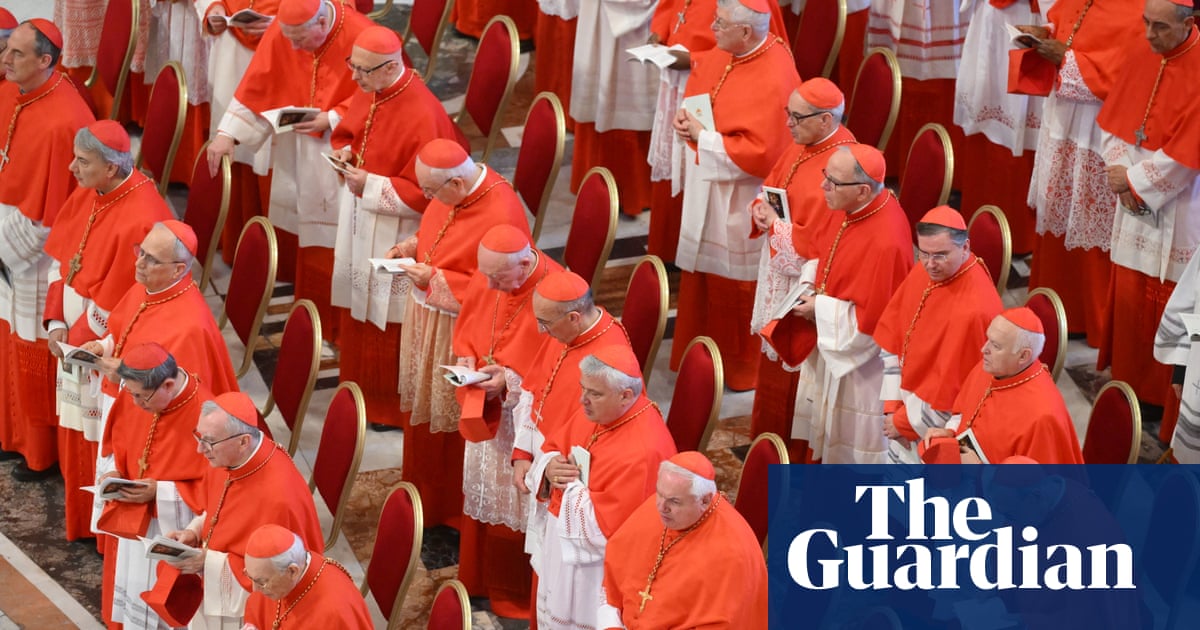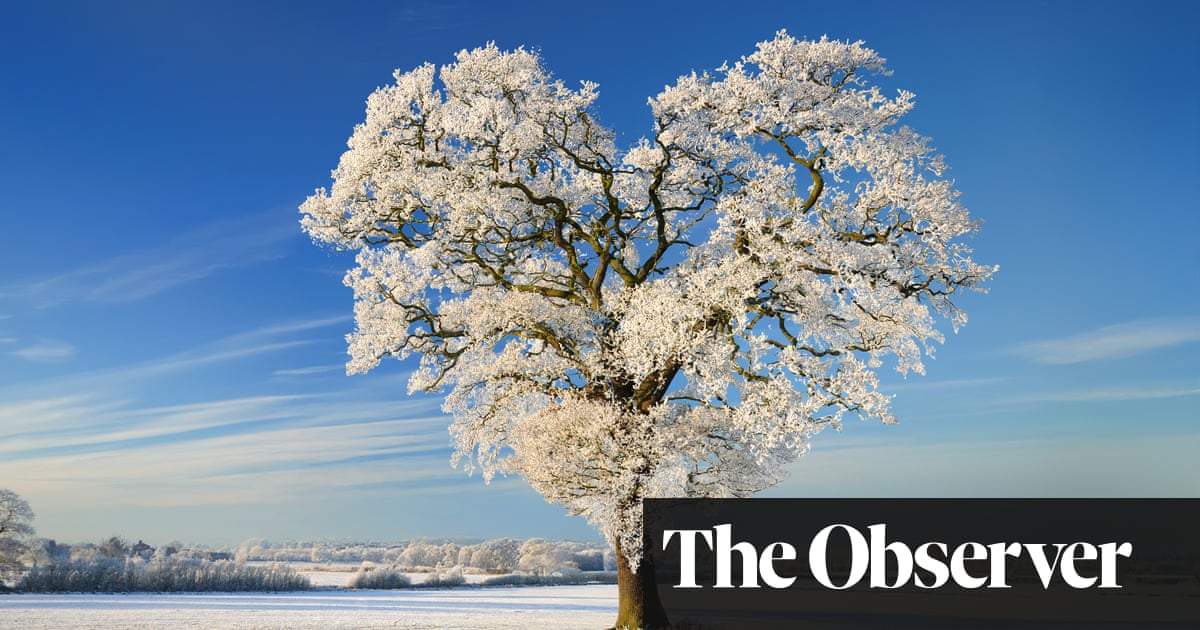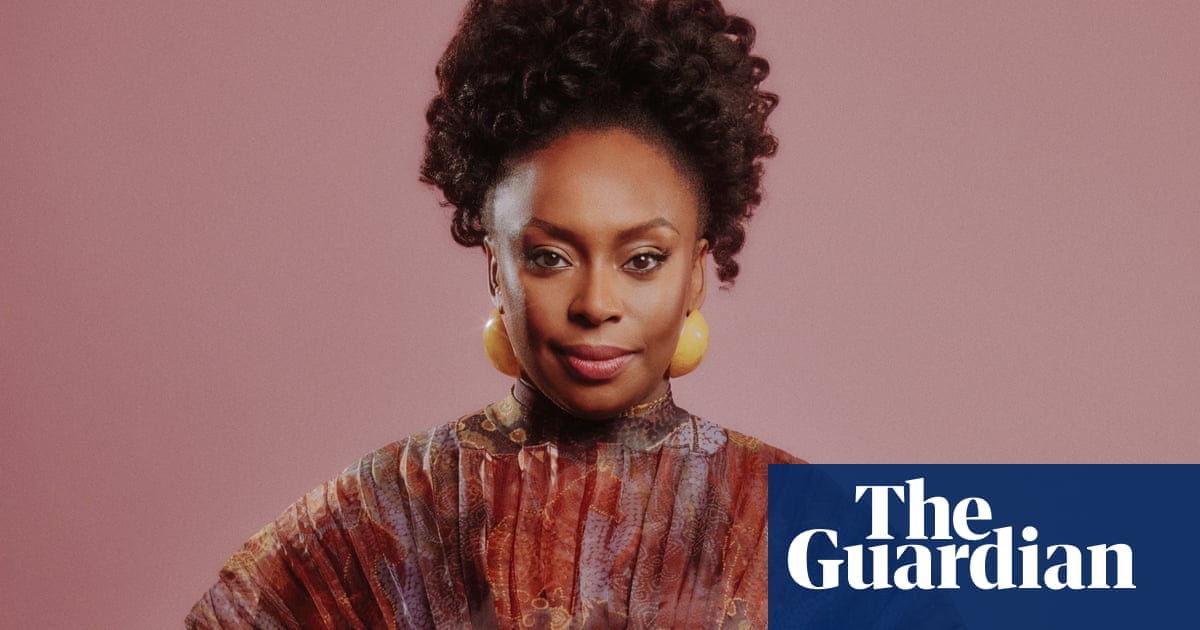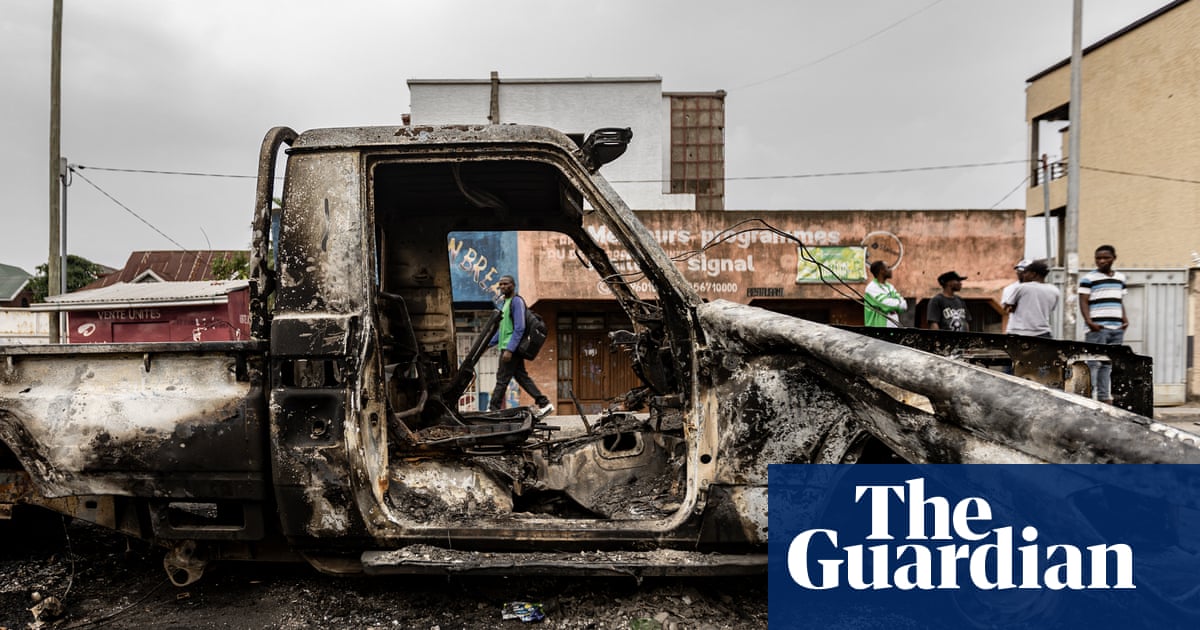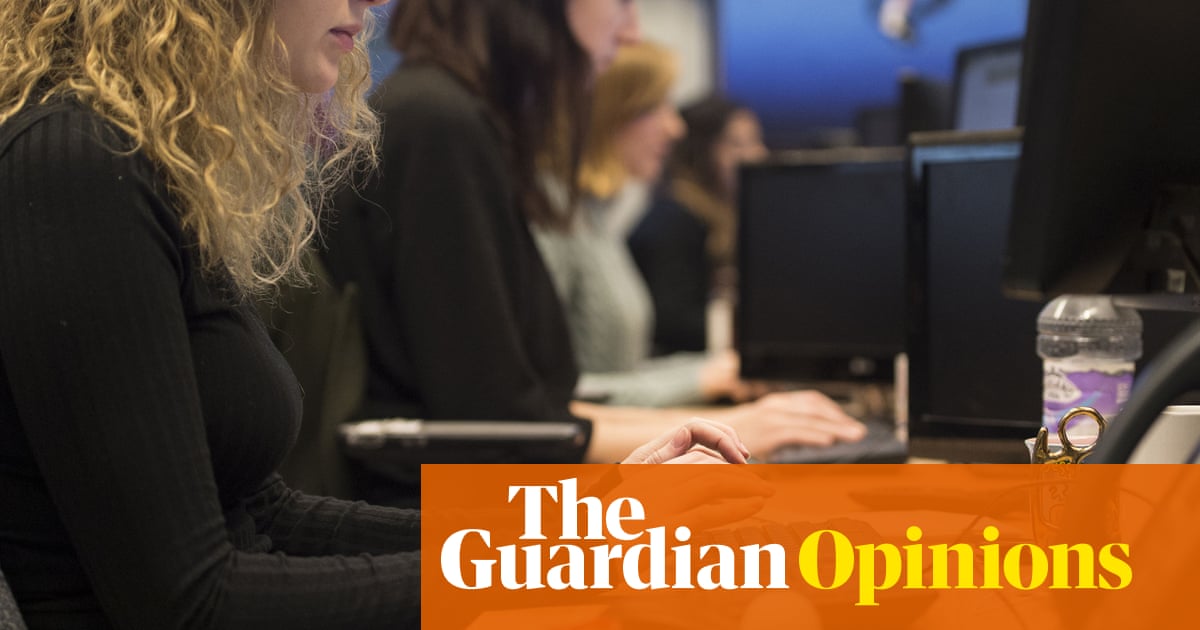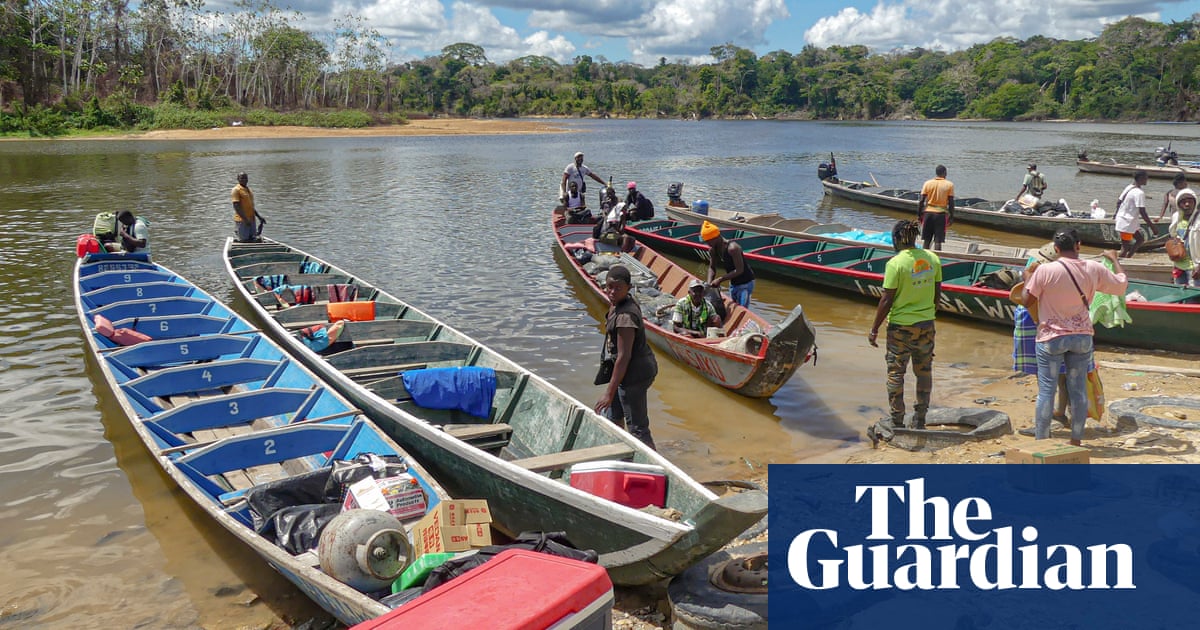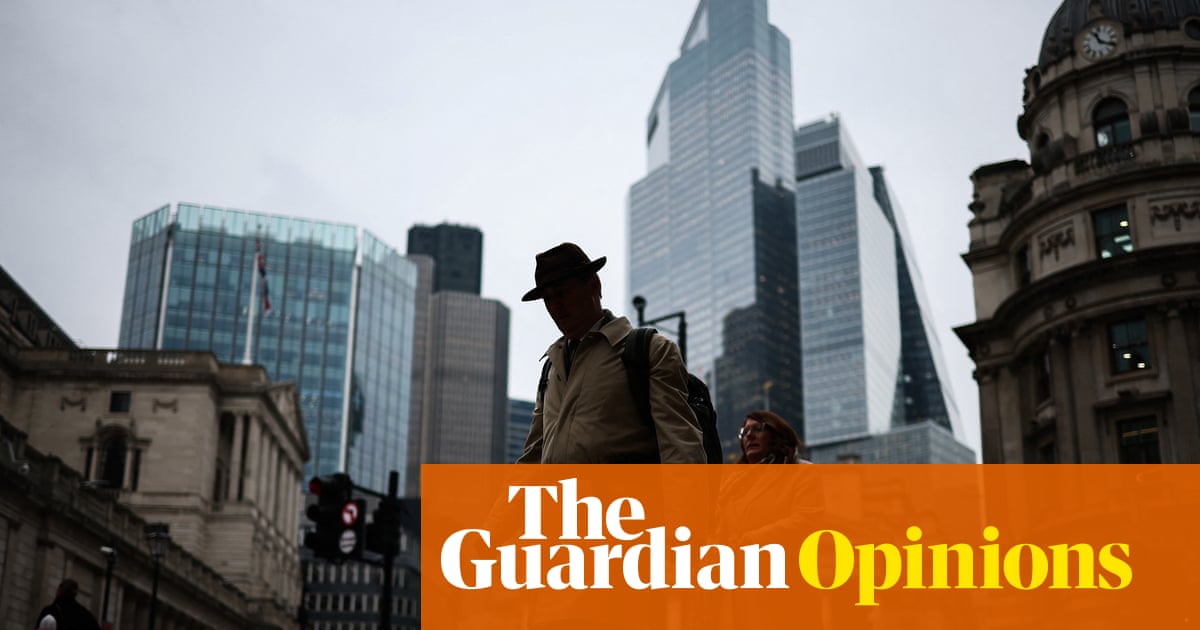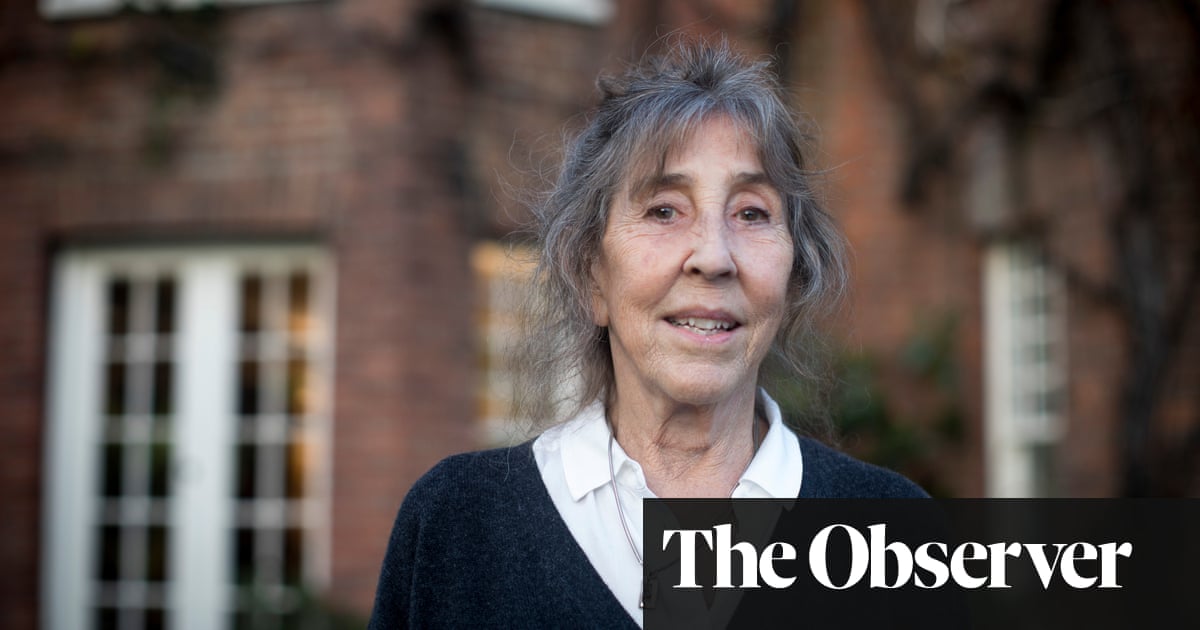Canadians head to polls in election upturned by Trump
Leyland Cecco
Canadians are heading to the polls in a federal election overshadowed by fury at Donald Trump’s threats to the country’s sovereignty and fears over his escalating trade war.
In the final days of a month-long campaign – described by all party leaders as the most consequential general election in a lifetime – the US president yet again re-inserted himself into the national discussion, with fresh threats to annex the country.
Also overshadowing the final day of electioneering was a deadly attack at a bustling street festival in Vancouver that left the country reeling and forced the prime minister, Mark Carney, to briefly suspend his campaign.
As recently as January, Canadian pollsters and political pundits struggled to find fresh ways to describe the bleak prospects for the then prime minister Justin Trudeau’s Liberal party, which seemed on track for a catastrophic blowout. The party trailed the rival Conservatives by as many as 27 points in some polls. The Conservative leader, Pierre Poilievre, was poised for the largest and most resounding electoral victory in more than half a century. That strength was the result of a laser-focused, years-long campaign to weaken the governing Liberals and the parties that supported their minority government.
But Trump’s detonation of the US’s closest diplomatic and economic relationship has fundamentally reshaped how many feel about their southern neighbour and heavily influenced how Carney, the former central banker who inherited control of the Liberal party in mid March, has shaped his electoral bid. That framing has the possibility of producing a result that would have been unfathomable three months ago.
Key events Show key events only Please turn on JavaScript to use this feature
Conservative Pierre Poilievre posted on X: “President Trump, stay out of our election. The only people who will decide the future of Canada are Canadians at the ballot box.
Canada will always be proud, sovereign and independent and we will NEVER be the 51st state.
Today Canadians can vote for change so we can strengthen our country, stand on our own two feet and stand up to America from a position of strength.”
Here are some pictures of voters lining up outside a polling station in Toronto, Ontario this morning as Canada votes in the federal election.

A record number of people – 7.3 million – have already voted during an early voting period that was held last weekend. That topped the 5.8 million Canadians who voted early at the last federal election in 2021.
All ballots in a Canadian federal election are counted by hand in front of witnesses, and the final results are validated over a period of time then made available online.
However it usually becomes clear on the night from preliminary results where one party looks as if they are going to achive a majority and form the next government, and who will be prime minister.
Canada’s prime minister Mark Carney has arrived at Ottawa’s International airport on election morning. Yesterday he was in Vancouver attending a vigil at the scene of a car ramming attack that killed 11 people and injured dozens at a Filipino heritage festival.

Trump urges Canadians to make their country the 51st state of the US in election intervention
Donald Trump issued a statement overnight on the eve of Canada’s election, again threatening the country’s independent sovereignty, and describing the border between the two nations as an “artificially drawn line from many years ago”, in another awkward intervention for Conservative party leader Pierre Poilievre.
Using the Truth Social platform, the US president started by wishing “Good luck to the great people of Canada,” on the eve of the election, and then urged them to become the 51st state of the US, claiming it would bring tax cuts, and increased military power. He said:
Good luck to the great people of Canada. Elect the man who has the strength and wisdom to cut your taxes in half, increase your military power, for free, to the highest level in the world, have your car, steel, aluminum, lumber, energy, and all other businesses, quadruple in size, with zero tariffs or taxes, if Canada becomes the cherished 51st state of the US. No more artificially drawn line from many years ago. Look how beautiful this land mass would be. Free access with no border. All positives with no negatives. It was meant to be! America can no longer subsidize Canada with the hundreds of billions of dollars a year that we have been spending in the past. It makes no sense unless Canada is a state!
Poilievre’s party had seemed all set for a significant victory at the Canadian federal election according to polling earlier this year, until Trump began issuing a series of statements threatening Canada’s independence and beginning a trade war between the neighbours, which appeared to revive the fortunes of the Liberal party under recently appointed prime minister Mark Carney.
Canada’s Globe and Mail reports that for this election, authorities have sent out a record number of voting packs to overseas voters, including to 20,000 new voters living in the US. Over 100,000 overseas voting kits have been sent out, of which 44,623 had been returned by 26 April. At the last election about 55,000 kits were sent to overseas voters.
Earlier this month my colleague Leyland Cecco put together this comprehensive guide to today’s poll: Canada elections – who are the key players and what is at stake?
In a country that spans multiple time zones, the windows of voting are set so that results can be arrived at mostly at the same time across the board. The voting windows are as follows:
-
Newfoundland time: 8.30am to 8.30pm
-
Atlantic time: 8.30am to 8.30pm
-
Eastern time: 9.30am to 9.30pm
-
Central time: 8.30am to 8.30pm
-
Mountain time: 7.30am to 7.30pm
-
Pacific time: 7am to 7pm
Leyland Cecco
Until February, the Conservatives enjoyed a 25 point lead over the Liberals. Pollsters gave the Tories a 99% chance of winning if an election were called at the time with one of the largest parliamentary majorities in decades. But Donald Trump’s aggressive posture towards Canada has seemingly changed all that: the Conservatives’ dominant lead has disappeared and they found themselves trailing during the twilight of the campaign.
Five parties were represented in Canada’s parliament at the point this election was called. Mark Carney’s Liberal party held 153 seats, shy of an overall majority. Pierre Poilievre’s Conservative party had 120 seats, and formed the official opposition party.
Bloc Québécois had 33 seats, the New Democrats (NDP) 24 seats, and the Green party held two seats. There were three independent seats and some vacancies.
Canadians head to polls in election upturned by Trump
Leyland Cecco
Canadians are heading to the polls in a federal election overshadowed by fury at Donald Trump’s threats to the country’s sovereignty and fears over his escalating trade war.
In the final days of a month-long campaign – described by all party leaders as the most consequential general election in a lifetime – the US president yet again re-inserted himself into the national discussion, with fresh threats to annex the country.
Also overshadowing the final day of electioneering was a deadly attack at a bustling street festival in Vancouver that left the country reeling and forced the prime minister, Mark Carney, to briefly suspend his campaign.
As recently as January, Canadian pollsters and political pundits struggled to find fresh ways to describe the bleak prospects for the then prime minister Justin Trudeau’s Liberal party, which seemed on track for a catastrophic blowout. The party trailed the rival Conservatives by as many as 27 points in some polls. The Conservative leader, Pierre Poilievre, was poised for the largest and most resounding electoral victory in more than half a century. That strength was the result of a laser-focused, years-long campaign to weaken the governing Liberals and the parties that supported their minority government.
But Trump’s detonation of the US’s closest diplomatic and economic relationship has fundamentally reshaped how many feel about their southern neighbour and heavily influenced how Carney, the former central banker who inherited control of the Liberal party in mid March, has shaped his electoral bid. That framing has the possibility of producing a result that would have been unfathomable three months ago.
Welcome and opening summary …
Welcome to the Guardian’s live coverage of today’s crucial election in Canada, as polls open to determine who leads the country, with Liberal leader Mark Carney facing off against the Conservatives’ Pierre Poilievre to see who will emerge as prime minister …
-
Carney, prime minister since March, has largely run a campaign on his economic and business credentials, tacking the party towards the political centre in an attempt to lure in disaffected voters
-
Poilievre is seen as a brash populist and seasoned parliamentary “attack dog”, whose supporters say has given a voice to those who feel ignored and mocked by political elites
-
After the resignation of Justin Trudeau earlier in the year, and with the Conservative party riding high in the polls, all the signs were that the Liberals’ near-decade in power would come to an end. However, the dramatic interventions of US president Donald Trump into Canadian politics has upended the election
-
Canada’s federal election consists of 343 separate elections across the country held simultaneously. If either the Liberals or the Conservatives win 172 or more seats, they will have a majority government. Anything less than that and they will be required to work with other parties to pass legislation
-
A record 7.3 million people have already cast their ballots over four days of advanced voting. Canada has 28.9 million eligible voters

 3 hours ago
6
3 hours ago
6





